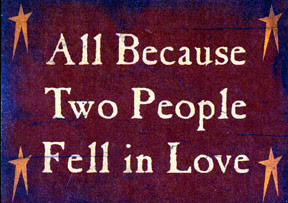I'm looking forward to this one ...
Sun June 1 @ 9pm National Geographic Channel
Legend states that Merlin summoned the stones that make up Stonehenge from the Giant's Circle in Ireland.
Mid-12th Century pseudo-historian Geoffrey of Monmouth, whose book Historia Regum Britanniae (“History of the Kings of Britain”) presented the legend of King Arthur as fact, was perhaps the first to come up with an elaborate, fanciful explanation for Stonehenge’s existence. According to Geoffrey, the monument’s bluestones originated in Africa, where ancient giants scooped them up because of their healing properties and transported them to the mythical Mount Killaraus in Ireland, where they formed the Giants’ Circle. But when Aurelius Ambrosius, King of the Britons, wanted to create a memorial to slain warriors, the magician Merlin suggested to him that the stones (preseli bluestone) would make excellent building material. The king sent an army to defeat the Irish in battle, but they were unable to move the stones, until Merlin used his sorcery to dismantle the structure and transport it across the sea—proving, in the process, that the supernatural was more potent than brute force.
Wednesday, May 28, 2008
STONEHENGE DECODED
at
10:31 PM
![]()
Labels: Myths and Legends, Pagan, posted by SEAMUS ALOYSIUS, Wicca, ॐ
Subscribe to:
Post Comments (Atom)


































4 comments:
I've read that there are even bigger and better preserved stone circles in Britain than Stonehenge. But somehow Stonehenge has the star power. Go figure...
pish posh
stonehedge has been used by several folks for several reasons.
it was first an foremost a calendar to measure the passing of the seasons.
ALthough the 'port hole for aliens' remains fun.
Hey Del
Thanks for stopping by.
Here's a map that is very useful for finding them...
Now if only we could get a ride over there ;o)
Peace
Urs... were you there? I seem to remember a post of yours about former lives... ;o)
Tell us more, please...
I always thought that Stonehenge and Camelot were related... I guess it was the "round table" thing.
table = chart (calendar)
Post a Comment